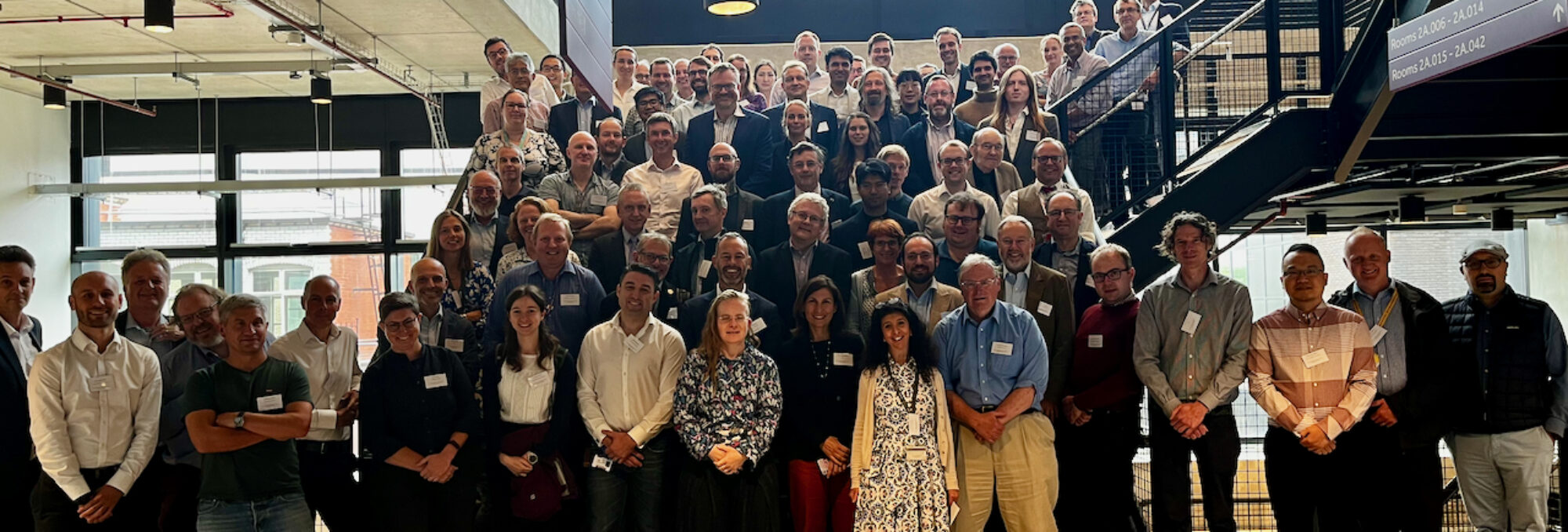The focus of the discussion was mainly on the area of PGT courses, though PGR was briefly covered. Representation from groups including Oxford, Imperial, Bristol, Birmingham, UCL, Manchester, Open, Sheffield, Huddersfield and Liverpool. The main topics explored were:
Breadth
The range of courses is good; Nuclear Engineering covers from materials to reactor physics, radiation detection and dosimetry, safety, waste management and decommissioning through to fusion.
Capacity
It was estimated that across the PGT programmes there were currently 200 graduates per year, with close to 50% of them UK nationals. This is significantly short of the potential demand for graduates (assuming that PGT students dominate). During the UK Academics Discussion Meeting NNL estimated 350 new recruits are required, Sellafield ~75. A new build programme would create significant demand in the wider industry. It is clear that there is additional capacity within the courses, but the challenge is growing the attractiveness of the courses to graduates. A further challenge would be around sustaining sufficient projects for students.
Funding
The greatest sectorial challenge will be the rising fees for PGT to £9k matching undergraduate fees in either 1-2 years time. It is likely this will increase the barrier to students going into PGT programmes, rather seeking to enter employment directly. This may:
- decrease the volume of students to select from for the industry,
- decrease quality,
- increase the burden on companies to nuclearise recruits.
There has been significant internal investment in the HE institutions in developing PGT Masters programmes aimed at feeding graduates into the sector. In times when Universities are looking very closely at the profitability of courses, small number programmes will not be sustained. A close eye will need to be kept on recruitment. Solutions might include:
- the development of integrated masters programmes (3 year + 1 year) for which students would then be able to obtain loans
- a recognition by both the Government and industrial sector that supporting students in strategically important courses is a high priority.
This could be through covering fees, student sponsorship or developing focussed internship programmes to provide paid summer employment for potential UG recruits.
Matching to the Sectorial Need
Need to ensure that graduates emerge from courses well-equipped to make a flying start. Discussions revolved around the need to ensure that students leave courses with the ‘nuclear chip’ such that when they start in the industry, they satisfy SQEP criteria. There is a need to establish both a set of criteria which may be embedded in PGT programme and the associated accreditation of the programmes. This could lead to a diploma which students would achieve as part of their Masters programme. Specifications could be developed through a combination of the ONR, NIA and Nuclear institute together with Universities. Accreditation might be performed by the Nuclear Institute but there is a need to maintain balance such that University has a strong voice in this development.
PGR
It is seen that CDTs, of both the DTC and IDC model are a key component of PG education in the sector. There is a need to maintain the balance between projects which are near term in terms of their connection to the immediate needs of the industry and those which are more blue skies (longer term). Need a way of tying some fraction of the research projects to an R&D roadmap. Focussing of training at CDTs enhances cohort experience and may improve the quality of training. However, much of research is facilitated through PhD type studentships. The focus of resource at a few centres may choke off the potential development of nuclear orientated research programmes in other centres including those currently outside the ‘nuclear academic community’.
